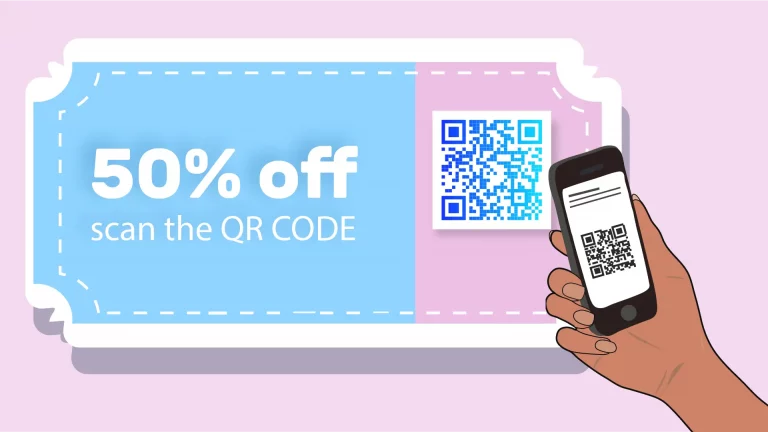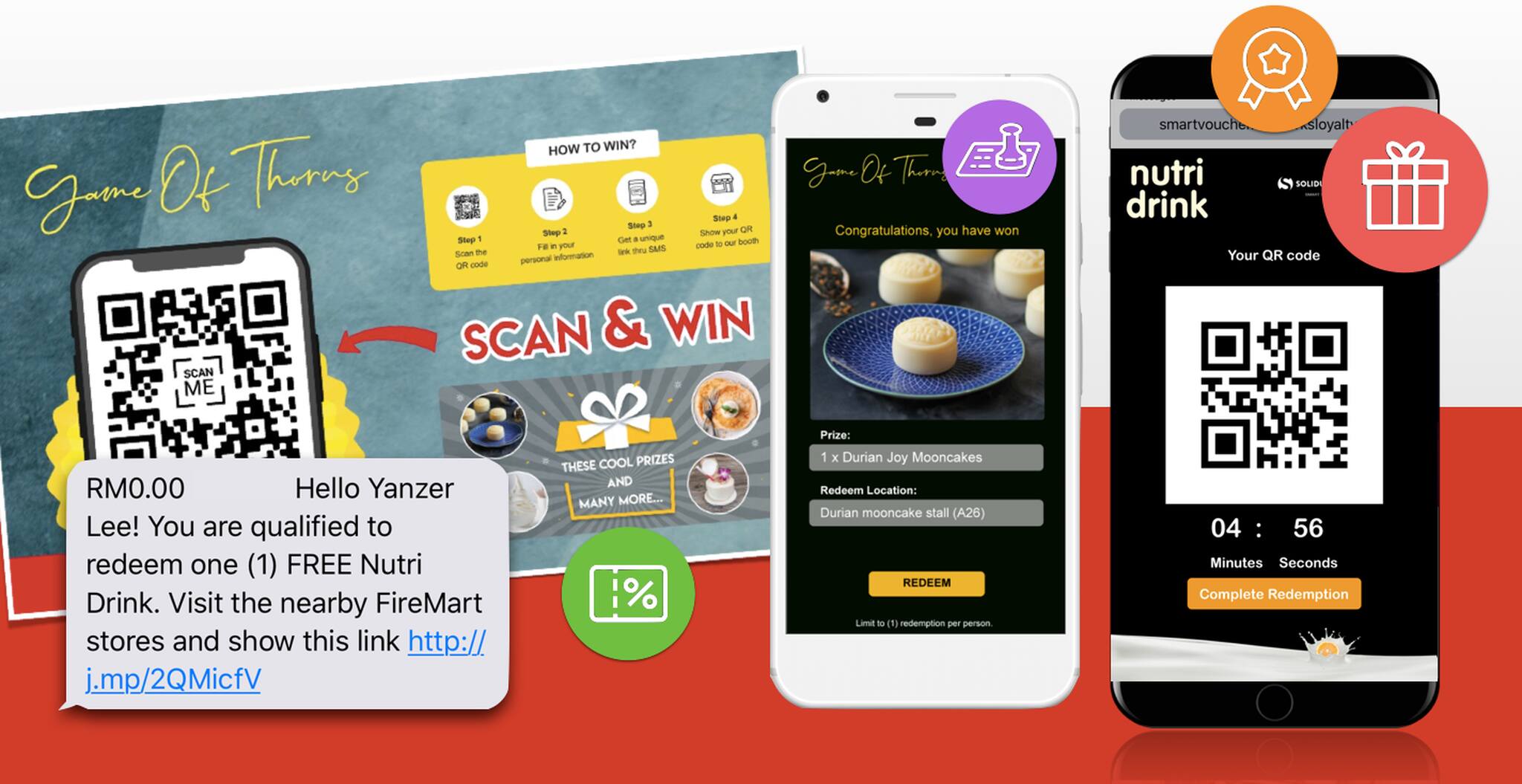How to Layout an Efficient Loyalty System to Boost Client Loyalty
How to Layout an Efficient Loyalty System to Boost Client Loyalty
Blog Article
Increase Customer Retention With a Powerful Commitment System
In today's competitive marketplace, enhancing customer retention is not simply beneficial but necessary for continual growth. A properly designed commitment system serves as a pivotal tool in this endeavor, cultivating significant connections in between businesses and their consumers. By recognizing the fundamental elements of effective loyalty programs, companies can tailor their techniques to satisfy diverse consumer demands.
Significance of Customer Retention
Customer retention is a keystone of lasting organization success. It mirrors the ability of a business to keep its clients pleased and involved gradually, resulting in duplicate acquisitions and lasting earnings. Preserving existing customers is frequently a lot more economical than obtaining brand-new ones, as it lowers advertising and marketing expenses and fosters a devoted client base that advocates for the brand.

Additionally, high customer retention rates can enhance a company's reputation in the market, attracting new consumers with favorable word-of-mouth and references. Organizations that prioritize customer retention are likewise much better placed to collect valuable comments, allowing them to fine-tune their offerings and address possible problems proactively. Inevitably, efficient consumer retention approaches develop a solid foundation for development, enabling services to thrive in a progressively competitive landscape.
Key Components of Commitment Programs
A well-designed loyalty program serves as an effective tool for improving consumer retention by providing rewards that urge repeat company. To attain this, a number of crucial parts need to be incorporated right into the program.
First, a clear framework for rewards is crucial. Customers ought to easily understand how to make rewards or points, which can be based upon acquisition frequency, costs degrees, or particular actions like referrals. This transparency fosters trust fund and encourages engagement.
Second, personalization plays a crucial duty. Customizing incentives and communication to individual choices enhances customer contentment and reinforces relationships. By leveraging data analytics, organizations can offer targeted promotions that resonate with consumers' interests.
Third, convenience of use is important. A seamless sign-up procedure and an user-friendly interface for tracking incentives can substantially enhance client experience. If clients locate it cumbersome to navigate the program, they might disengage.
Last but not least, normal interaction and updates concerning the program keep it top-of-mind for consumers. Informing them of new incentives, unique offers, or program changes assists maintain passion and engagement.
Integrating these components successfully can bring about a much more successful commitment program that dramatically improves customer retention.
Sorts Of Commitment Systems
Discovering numerous kinds of loyalty systems reveals distinct approaches that businesses can embrace to promote client retention. One common kind is the points-based system, where customers gain factors for every purchase, which can later be redeemed for benefits. This simple strategy incentivizes repeat purchases and keeps consumers engaged.

Cashback commitment programs, where customers receive a percent of their acquisitions back as cash money or shop credit scores, are also popular. This model straight awards spending, developing an immediate incentive for customers to return.
Furthermore, subscription-based commitment systems offer customers with exclusive advantages for a reoccuring cost. This strategy not just makes sure a this contact form consistent revenue stream yet also promotes long-lasting partnerships with customers who value recurring benefits.
Last but not least, experiential loyalty programs focus on using distinct experiences, such as special occasions or customized services, enhancing psychological connections and brand commitment. Each type of loyalty system provides unique advantages, allowing services to straighten their approaches with consumer preferences.
Best Practices for Application
When implementing a loyalty system, companies must focus on comprehending their customer base to customize the program successfully. Carrying out detailed research study to recognize consumer habits, motivations, and choices is crucial. This understanding will guide the design of the loyalty program, guaranteeing it reverberates with the target audience.
Next, companies must choose an ideal structure for the commitment program. Choices may include point-based systems, tiered benefits, or experiential rewards. Choosing a design that aligns with client expectations can boost interaction. Furthermore, simplicity is essential; consumers need to quickly comprehend just how to gain and retrieve rewards.
Integration with existing systems is another ideal method. The commitment program need to effortlessly get in touch with point-of-sale systems, mobile applications, and client connection administration (CRM) devices to provide a natural experience. Effective communication is crucial. Businesses must routinely advertise the commitment program through various channels, ensuring consumers are conscious of the advantages.
Finally, collecting ongoing feedback is necessary for constant renovation. Get customer input to adapt and improve the program to transforming preferences, eventually fostering long-lasting loyalty and improving client satisfaction.
Measuring Loyalty Program Success
Effectively carrying out a loyalty program lays the why not look here groundwork for measuring its effectiveness. To assess success, businesses should develop clear metrics that line up with their objectives. Key performance indicators (KPIs), such as customer retention prices, ordinary transaction value, and regularity of repeat purchases, give beneficial understandings into program performance.
An additional essential action is the redemption price, which indicates how usually customers use their benefits. A high redemption rate typically shows a program's good looks and relevance to customers. In addition, tracking consumer interaction with participation in special promotions or occasions can reveal patterns in commitment actions.
Customer responses is additionally crucial; surveys and focus teams can brighten assumptions of the commitment program, highlighting locations for improvement. Evaluating client lifetime worth (CLV) can aid evaluate the financial effect of loyalty efforts.
Applying these measurement methods permits services to assess the program's performance continuously. This data-driven approach allows notified choices for enhancing offerings, boosting customer experiences, and ultimately fostering deeper customer commitment. By routinely evaluating these metrics, companies can guarantee their commitment programs evolve in tandem with consumer expectations and find out here market dynamics.

Verdict
In conclusion, a well-structured commitment program substantially enhances customer retention by fostering strong links through customized rewards and reliable communication. Carrying out best practices makes sure that the program remains easy to use and pertinent, while continuous comments facilitates continuous enhancements. Ultimately, an effective commitment system not only increases client contentment however additionally drives repeat purchases, establishing a devoted client base that is critical for long-term service success and maintained earnings.
Retaining existing consumers is typically a lot more affordable than acquiring new ones, as it decreases advertising expenses and promotes a devoted customer base that advocates for the brand name.
In addition, high client retention prices can improve a firm's track record in the market, bring in new customers through positive word-of-mouth and referrals.When carrying out a commitment system, organizations need to focus on comprehending their customer base to customize the program efficiently. Services ought to on a regular basis advertise the commitment program via different channels, making sure customers are aware of the benefits.
Ultimately, an effective loyalty system not just enhances customer complete satisfaction but also drives repeat acquisitions, establishing a loyal customer base that is crucial for lasting company success and maintained profitability.
Report this page